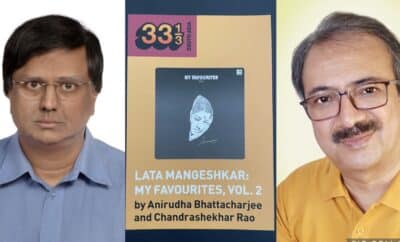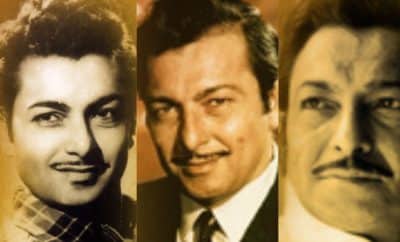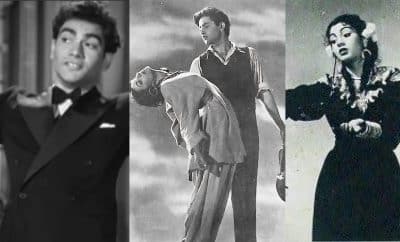Legends
The Undisputed and Indispensable Queen – Lata Mangeshkar
A story that has charmed & enchanted millions of listeners. A story of passion, commitment & sincerity. Hindi film music’s most persistent love story. Between Lata Mangeshkar & Hindi film music. Whose enticing reign continues to surprise the fans & the critics alike. Probably no other singer has contributed to Hindi music as largely as her. Lata,who has sung over 50,000 songs is already a recipient of Padma Bhushan, Padma Vibhushan and Dada Saheb Phalke award among other awards for her contribution to film and music. Her first song in ‘Aap ki seva me’ went almost unnoticed in 1947 but within two years her soulful numbers were on everyone’s lips. The nightingale, who has sung for heroines ranging from Madhubala to Kajol has crafted a myriad of emotions in the hearts of millions for half a century across the subcontinent. As a singer, her main work comprises of film songs. This musical form is both simple and easily accessible and, together with her versatility, has made of her an icon who is much respected in and outside the film industry. Her role in popularising Indian classical music among the masses through her semi-classical film songs has been praised by the stalwarts of Indian classical music.
Lata Mangeshkar’s father, Dinanath Mangeshkar, was a noted Marathi stage personality popularly known as Master Dinanath. Lata, who was the eldest of five siblings, was introduced to music at an early age. She recorded her first song at age 13 for Vasant Joglekar’s Marathi film Kiti Hasaal, though her song did not make the final edit. She was trained from age five by her father and she was also tutored by maestros such as Aman Ali Khan Sahib and Amanat Khan. As a teenager she struggled to help support her family and to establish herself as a playback singer in the Hindi film industry of the 1940s, at a time when the profession was dominated by such divas as Shamshad Begum and Noor Jehan.
The Lata era began in 1949. From that point on she voiced the musical parts for every major leading lady, representing every generation of Hindi cinema.
In the 1950s, Lata Mangeshkar sang songs composed by music directors Shankar-Jaikishan, Naushad Ali, S. D. Burman, Husn Lal Bhagat Ram, C. Ramchandra, Hemant Kumar, Salil Chowdhury, Khayyam, Ravi, Roshan, Kalyanji-Anandji, Madan Mohan and Usha Khanna. The list is by no means exhaustive. The dazzling array of evergreen songs include from the films like Barsaat, Udan Khatola, Aan, Kathputli, New Delhi, Albela, Anarkali, Anpadh, Mera Saaya,…..to recent ones like Dilwale Dulhaniya Le Jaayenge, Veer Zara.
Against the backdrop of the Sino-Indian war, in 1963, she sang the patriotic song, “Aye Mere Watan ke Logo” composed by C. Ramchandra and written by Kavi Pradeep in the presence of Prime Minister, Jawaharlal Nehru. The latter could not retain his tears on hearing this tribute to the Indian soldiers.
She has the capacity of taking her listeners to realms well beyond the mundane and is indeed God’s gift to humanity.



